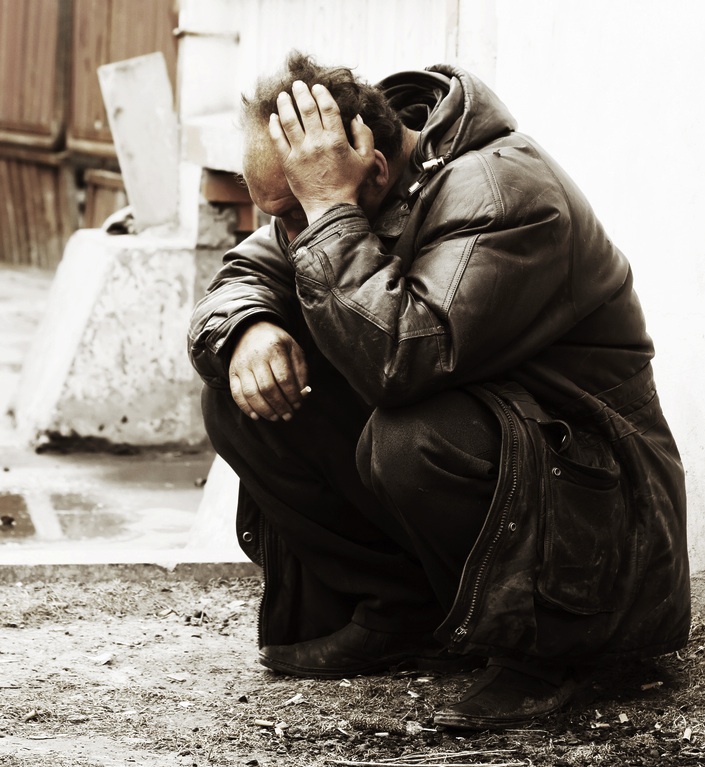US 2010 Poverty Rate Highest Since 1993

New Census data suggests that even after the U.S. officially exited the recession in June 2009, the population continued to feel the echoes of economic trouble.
In 2010, the poverty rate increased to 15.1 percent, up from 14.3 percent from the previous year, the U.S. Census Bureau reported today (Sept. 13). That's the highest rate since 1993, which also saw a 15.1-percent poverty rate.
The poverty rate fell each year between 1993 and 2000, hitting a low of 11.3 percent in 2000. Between 2007 and 2010, the agency reported, the poverty rate has gone up 2.6 percentage points.
Social scientists have found a multitude of effects from the recession that started in December 2007 and continued through 2009. A May 2011 survey about personal finance found that more than a third of Americans felt their financial situation was getting worse, not better. Even pets are suffering, according to an April 2011 survey of veterinarians, which reported an increase in fleas, ticks, heartworm and other preventable conditions as pet owners try to save money by skipping the vet.
The new numbers are part of the Census report "Income, Poverty and Health Insurance Coverage in the United States: 2010." Since 2007, the Census Bureau found, real median household income has declined 6.4 percent. The decline was significant in white and black households, and in areas of the country outside the Northeast.
About 9.2 million families were in poverty in 2010, up from 8.8 million in 2009. That's an estimated 46.2 million people in poverty, the report concluded, 2.6 million more than in 2009. Poverty thresholds depend on the size of a family, but a family of five, for example, would have to make no more than $26,675 a year to qualify as impoverished in 2010.
The percentage of people with health insurance stayed consistent with 2009. About 9.8 percent of children under age 18, or 7.3 million kids, are without health insurance. Adults included, 16.3 percent of Americans currently go without health insurance, a total of 49.9 million people.
Sign up for the Live Science daily newsletter now
Get the world’s most fascinating discoveries delivered straight to your inbox.
You can follow LiveScience senior writer Stephanie Pappas on Twitter @sipappas. Follow LiveScience for the latest in science news and discoveries on Twitter @livescience and on Facebook.

Stephanie Pappas is a contributing writer for Live Science, covering topics ranging from geoscience to archaeology to the human brain and behavior. She was previously a senior writer for Live Science but is now a freelancer based in Denver, Colorado, and regularly contributes to Scientific American and The Monitor, the monthly magazine of the American Psychological Association. Stephanie received a bachelor's degree in psychology from the University of South Carolina and a graduate certificate in science communication from the University of California, Santa Cruz.










